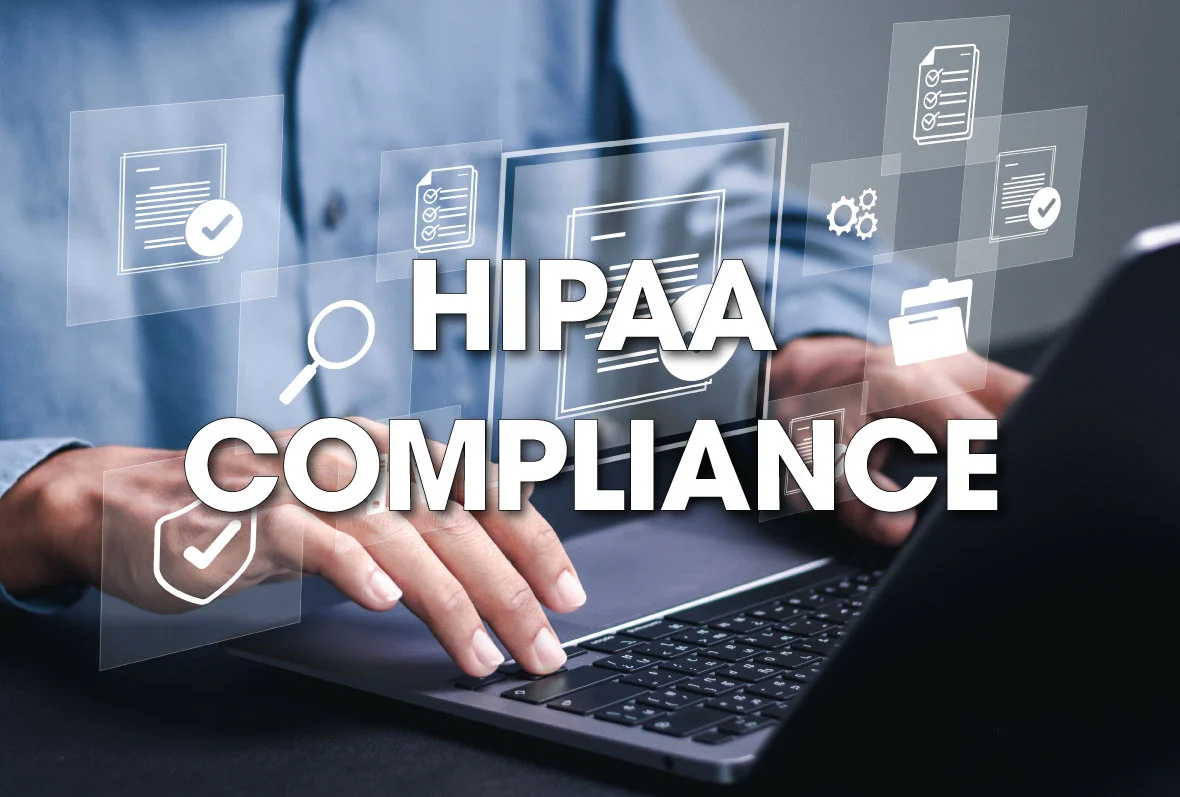HIPAA compliance software helps a covered entity deal with the issues of HIPAA by streamlining and automating compliance and undertaking comprehensive risk management processes. Smaller organizations that have less than 100 employees assign the responsibility for HIPAA compliance to an officer or practice manager who normally lacks understanding of things related to compliance. HIPAA compliance software helps these officers take care of the administrative requirements and prevent HIPAA breaches.
HIPAA compliance software offers the following advantages for administrators and practice managers when working with the complicated regulations governing healthcare information.
- HIPAA compliance software automates many of the admin work involved in compliance management, such as keeping track of employee training, managing documents, and scheduling audits. This automation helps reduce the time spent on administrative duties, allowing managers to focus on other areas of the practice.
- Compliance software offers tools to perform risk analysis, identify vulnerabilities, and create risk mitigation approaches. These features make it easier to manage risks effectively and ensure that sensitive information is safeguarded.
- HIPAA compliance software provides built-in guidance, templates, and recommendations that assist in compliance work. Even individuals without specialized compliance training can manage responsibilities more confidently using these tools.
- Using a HIPAA compliance software helps practice managers and administrators take the proper steps to protect patient data and maintain HIPAA compliance.
Choosing the Right HIPAA Compliance Software
Choosing the right HIPAA compliance software involves evaluating several aspects to ensure it fits your organization’s specific needs. Below are three important factors to consider:
1. Essential Features
The HIPAA compliance software should be adaptable and follow a known compliance framework, such as the Department of Health and Human Services Seven Fundamental Elements of an Effective Compliance Program. The software should allow for a flexible setup with pre-built tools and custom options.
Key features include:
- Risk Assessment Tools: Ability to score risks, identify gaps, and plan remediation.
- Policies and Procedures Management: Customizable templates for policies, centralized storage, and easy management.
- Employee Training: Modules for tracking and managing HIPAA training with personalized training certificates for employees.
- Vendor Management: Tools for tracking business associates and managing business associate agreements.
- Incident Response Tools: For reporting and managing breach incidents.
- Comprehensive Reporting: Customizable templates for demonstrating compliance, with centralized document storage for easy access during audits.
2. Software Specifications
In addition to essential features, the software must possess the following qualities:
- Ease of Use: The platform should have an intuitive interface and easy navigation, with guided workflows for managing compliance.
- Scalability & Flexibility: Ensure the software can support your organization’s size and scaling to meet future needs.
- Integration Capabilities: Check how well the software integrates with your existing systems, particularly if using other third-party applications.
- Future-Proofing: Confirm that the software vendor can address changes in regulations and update the software on time.
3. Business Considerations
Before finalizing your decision, take into account the following business-related factors:
- Vendor Reputation: Ensure the vendor has endorsements from recognized medical associations and positive testimonials from other healthcare organizations.
- Training & Support: Investigate the level of live support offered by the vendor, during the setup process and for ongoing support. Determine if this support is included in the price or if there are additional fees.
- Cost: Compare the pricing models of different solutions. Determine if the software is available via one-time purchase or subscription-based pricing, and clarify what is included in the cost (e.g., training, updates, and support).
- Free Trials or Money-Back Guarantees: A free trial allows you to test the software before committing. If a free trial isn’t available, see if the vendor offers a money-back guarantee or short-term opt-out options if the software doesn’t meet expectations.
- Licensing Terms: Review the software’s licensing agreements carefully to understand the length of commitment and renewal terms. Shorter terms may offer flexibility, while longer agreements could provide cost savings.
Compliance monitoring and updates
One of the key aspects of HIPAA compliance software is its ability to provide ongoing compliance monitoring and real-time updates. Health data regulations are subject to frequent change, and keeping abreast of the latest requirements is essential to avoid violations and penalties. The right software must not only track compliance activities, but also offer continuous monitoring to identify any non-compliance issues before they become critical.
This includes automatic alerts in the event of gaps or potential risks, and proactive notifications in the event of regulatory changes, so that administrators can make any necessary adjustments without delay. It is essential that the software publisher provides timely updates and patches to ensure that the system complies with the latest regulatory standards. In addition, the software should include audit trail functions to document compliance efforts and track the status of each measure, so that all actions taken are well documented and easily accessible in the event of an external audit.
In addition, some platforms offer compliance dashboards that provide a real-time overview of the organization’s compliance status, as well as a snapshot of ongoing tasks, training updates and risk management efforts. These features make it easier for healthcare organizations to maintain ongoing compliance and prevent problems from escalating. This makes HIPAA compliance software an invaluable tool, not only for managing current requirements, but also for preserving long-term operational security in an ever-changing regulatory landscape.
Image credit: Pakin, AdobeStock









